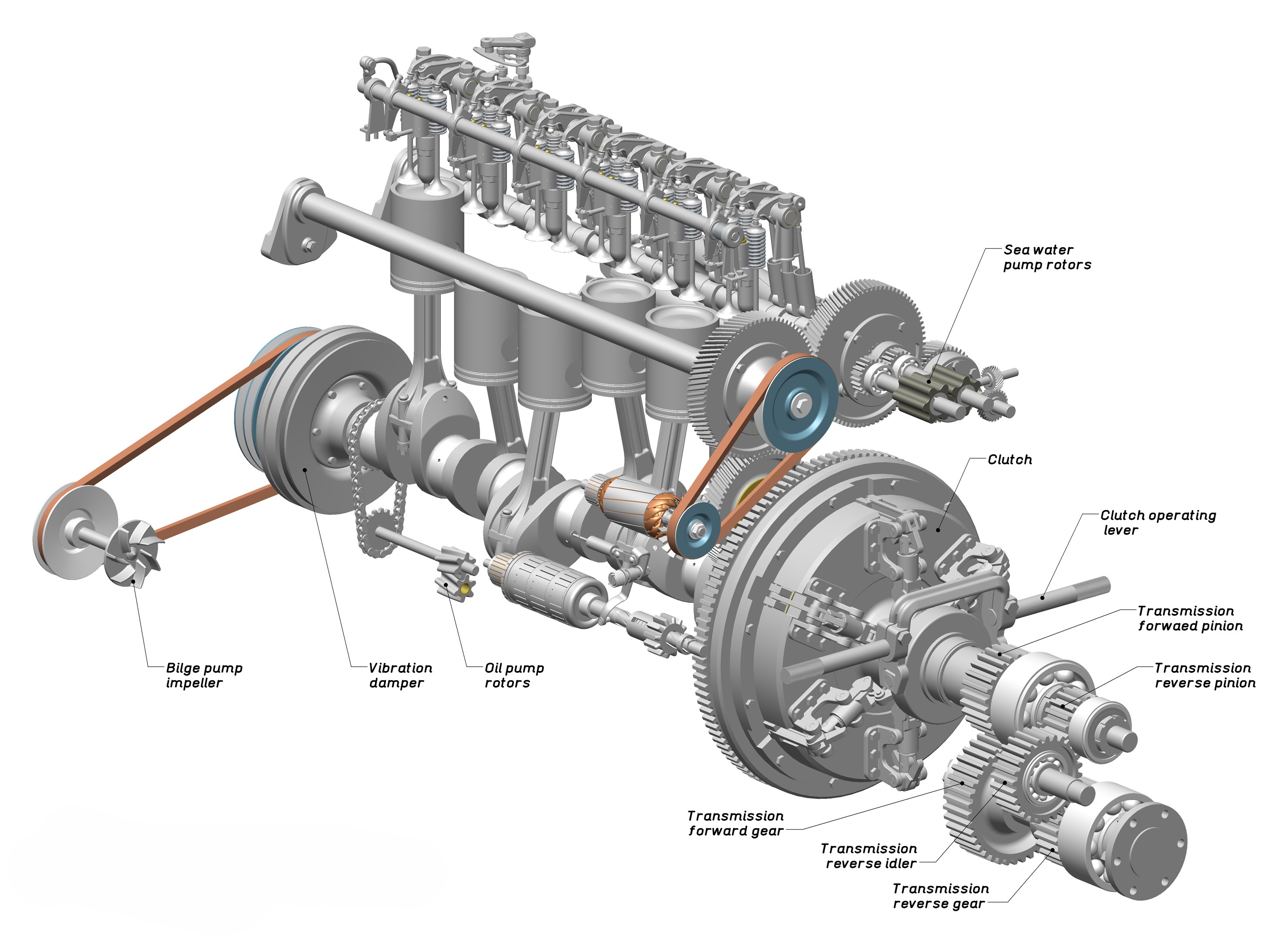The fundamental principle of a standard vehicle engine is internal combustion. This is a process where chemical energy stored in fuel (like gasoline or diesel) is rapidly converted into thermal energy (heat) through a controlled explosion, which is then transformed into mechanical energy (motion).

This process occurs inside sealed cylinders housed in the engine block. Most modern car engines operate on a four-stroke cycle, also known as the Otto cycle for gasoline engines.
The Four-Stroke Cycle:
- Intake Stroke: The piston moves down the cylinder. The intake valve opens, and a mixture of air and fuel (for gasoline engines) or just air (for diesel engines) is drawn into the resulting vacuum.
- Compression Stroke: Both valves are closed. The piston moves back up the cylinder, compressing the air-fuel mixture. Compression makes the subsequent explosion more powerful and efficient.
- Combustion (Power) Stroke: At the peak of compression, the fuel is ignited.
- Gasoline Engines: A spark plug generates a spark.
- Diesel Engines: Fuel is injected into the highly compressed, hot air, which causes it to ignite spontaneously (compression-ignition).
- The resulting high-pressure explosion forces the piston down with tremendous force. This is the only stroke that produces power.
- Exhaust Stroke: The exhaust valve opens. As the piston moves up again, it pushes the burned gases out of the cylinder, preparing for the next cycle.
This linear motion of the pistons is converted into rotational motion by the crankshaft. This rotation is what is ultimately transferred through the transmission and drivetrain to spin the wheels.
Primary Function: Energy Conversion and Propulsion
The primary function of a vehicle engine is to serve as the powerplant or prime mover for the vehicle. Its key roles are:
- Generate Power: To produce the necessary torque and rotational speed (RPM) required to move the vehicle from a standstill, accelerate, climb hills, and maintain cruising speed.
- Drive Ancillary Systems: Through a system of belts and pulleys, the engine's rotation powers critical components like the alternator (for electricity), water pump (for cooling), power steering pump, and air conditioning compressor.
- Provide a Vacuum Source: The engine's operation generates intake manifold vacuum, which is used for power brake boosters and various emission control valves.
Modern engines use advanced technologies like Turbocharging/Supercharging (to force more air into the cylinders for more power), Direct Fuel Injection (for precise fuel delivery and efficiency), and sophisticated Engine Control Units (ECUs) to meticulously manage this process for optimal performance, fuel economy, and minimal emissions.




